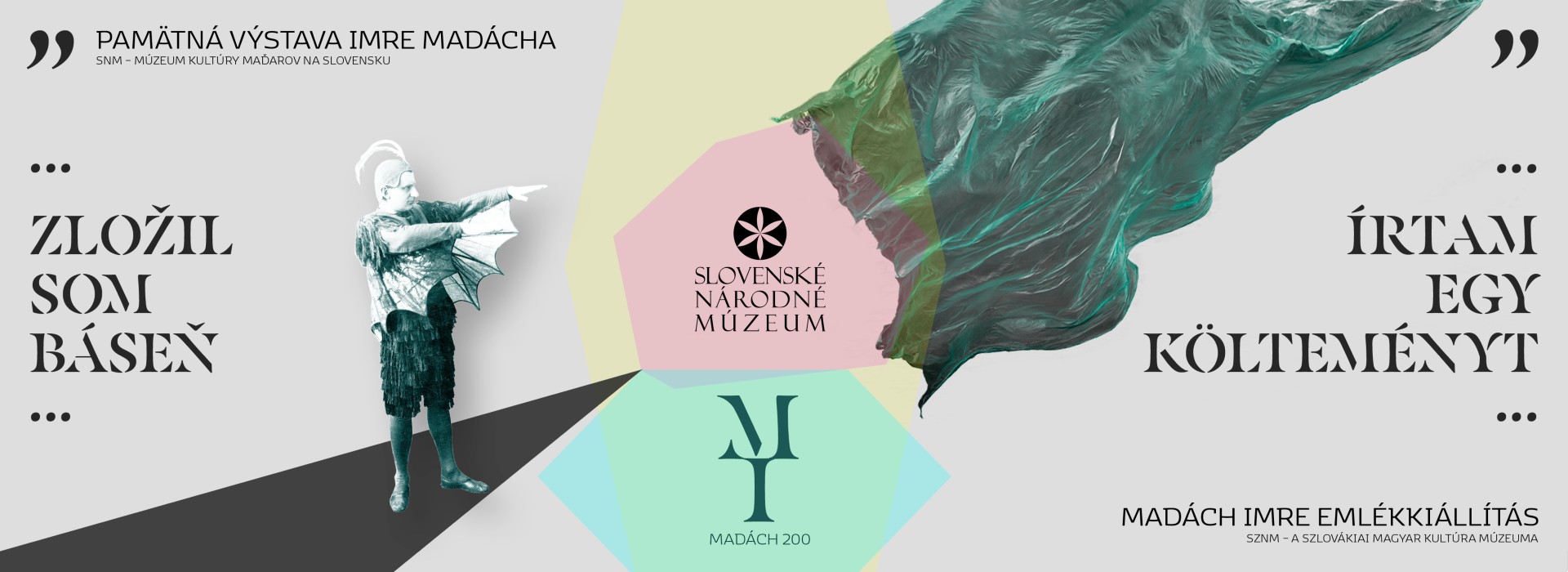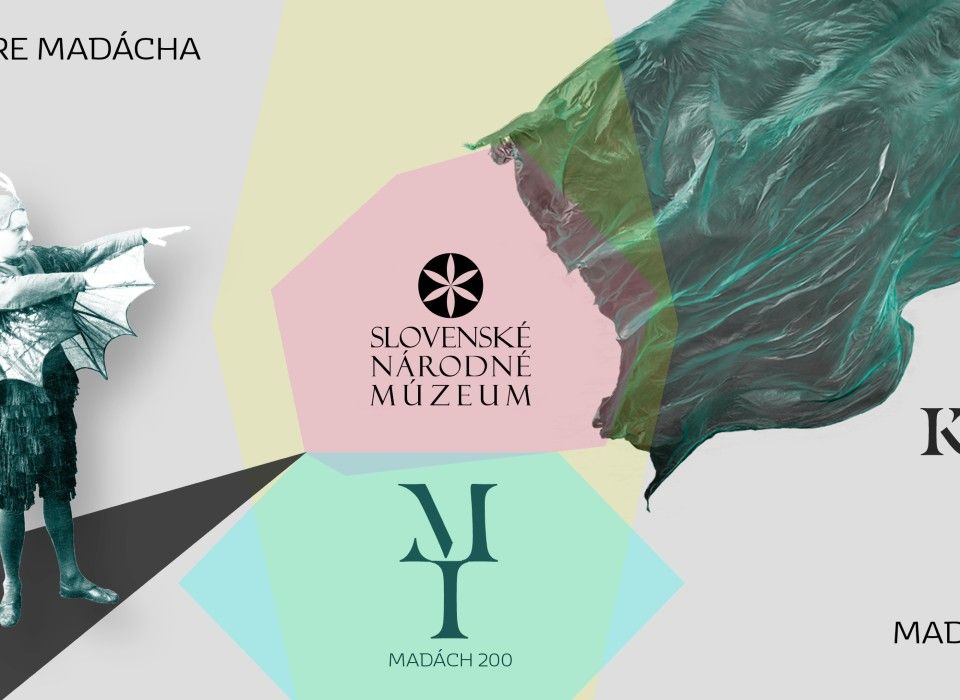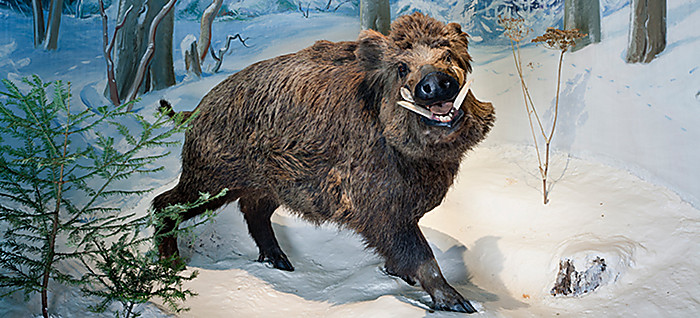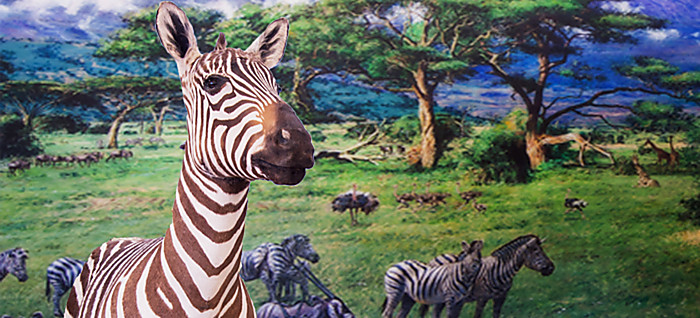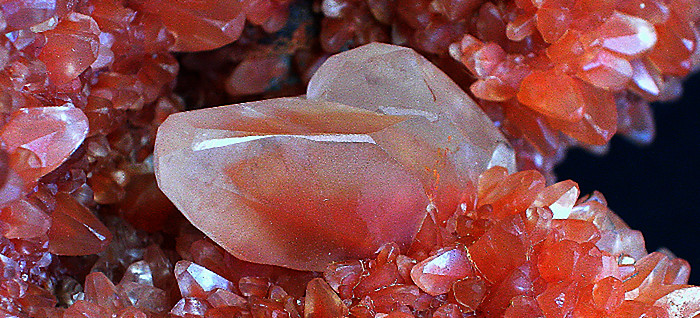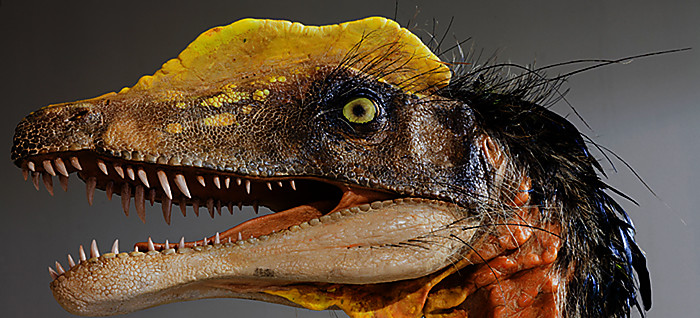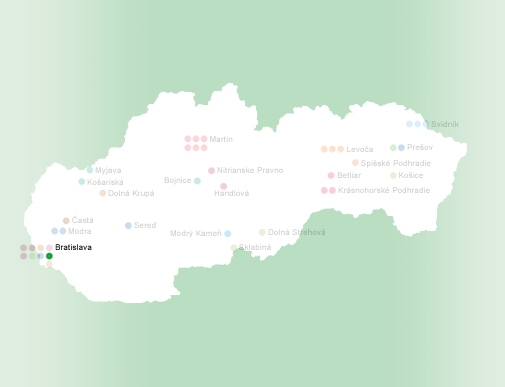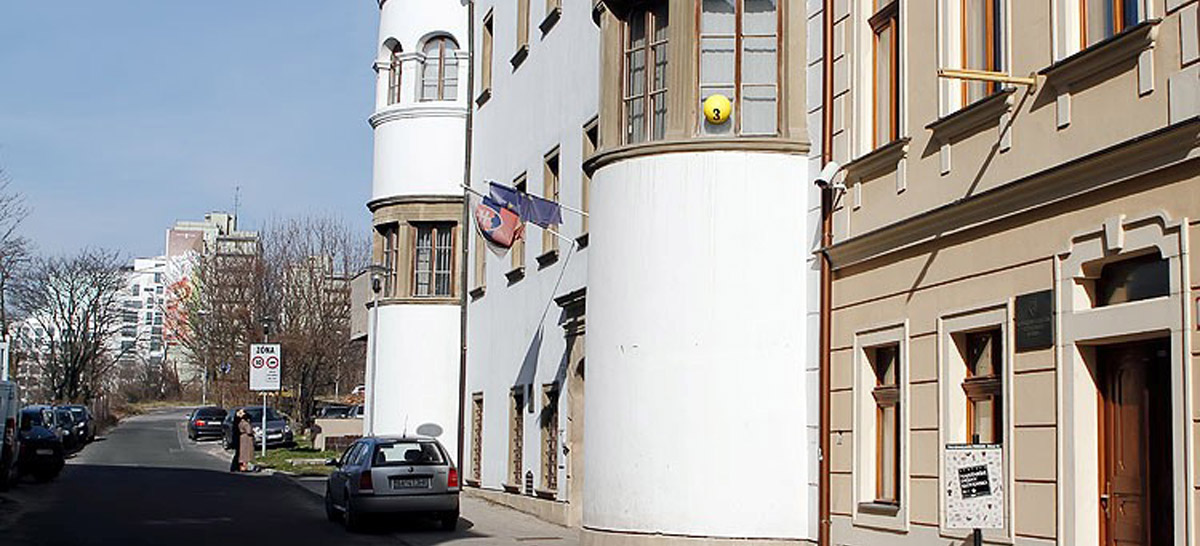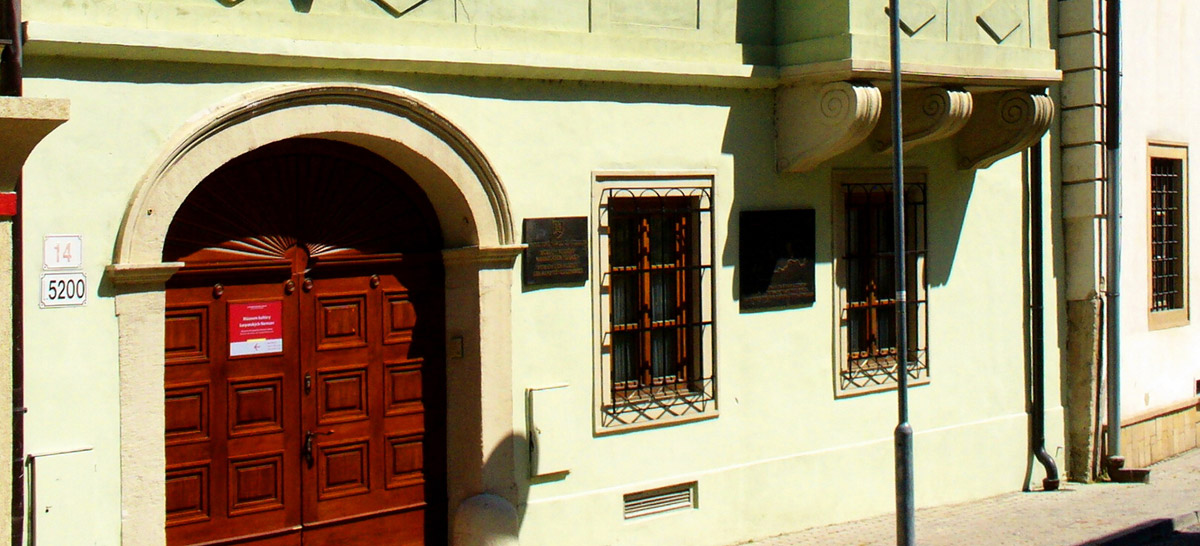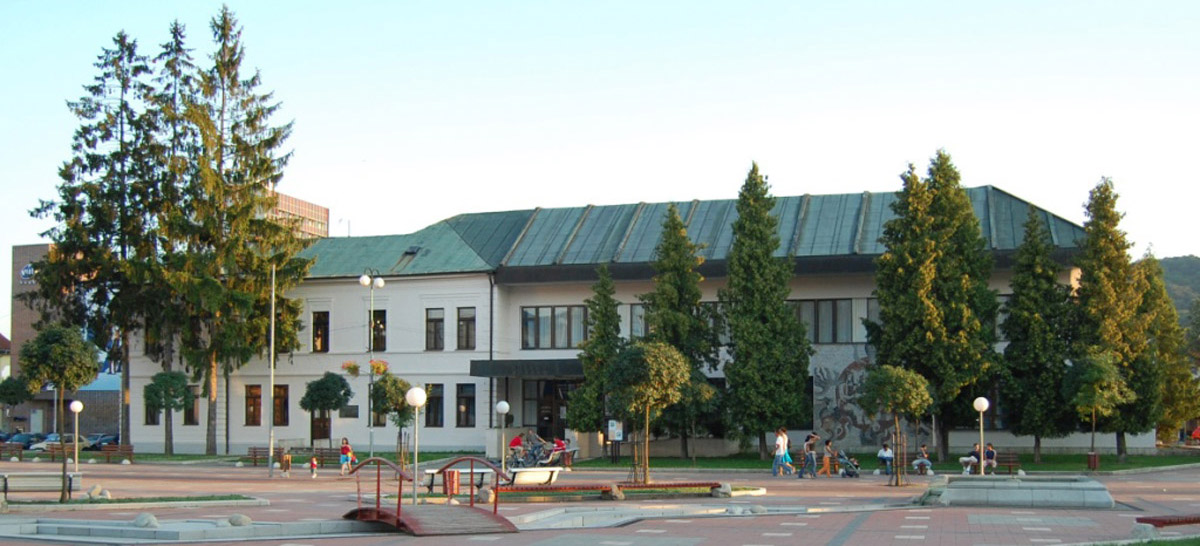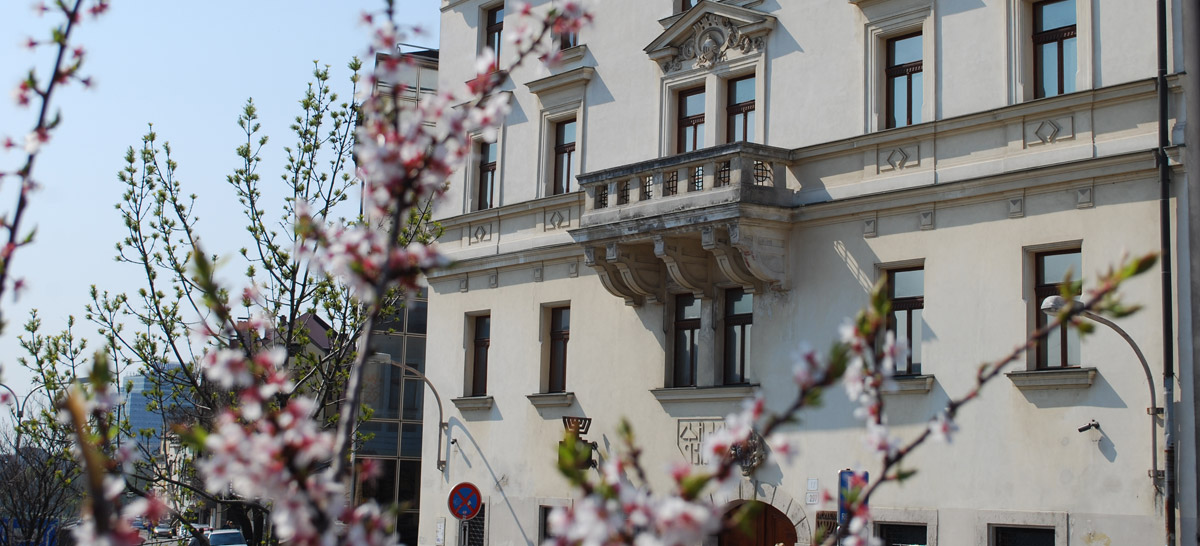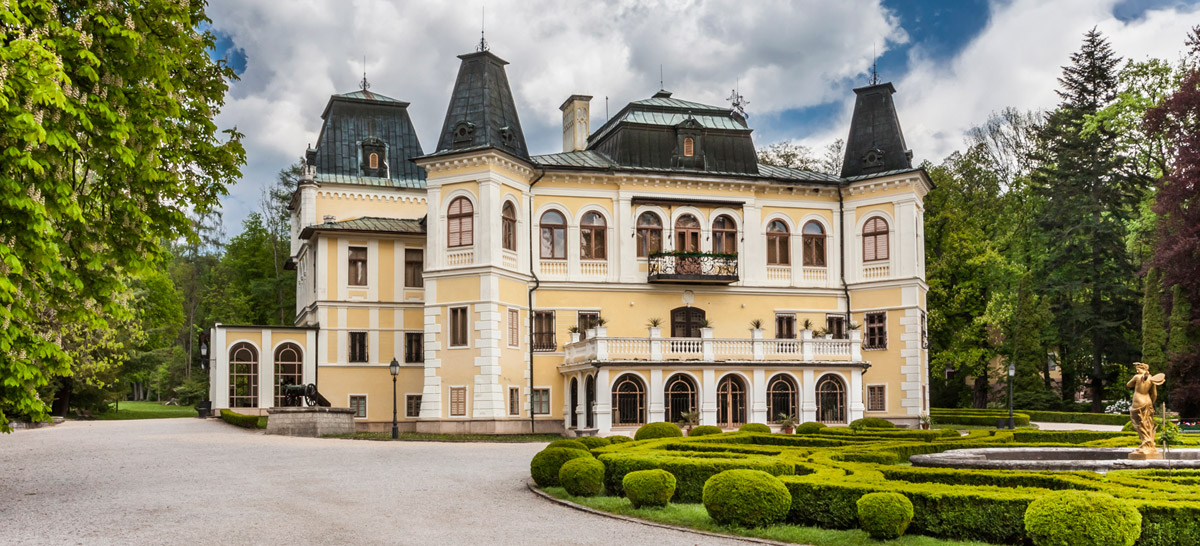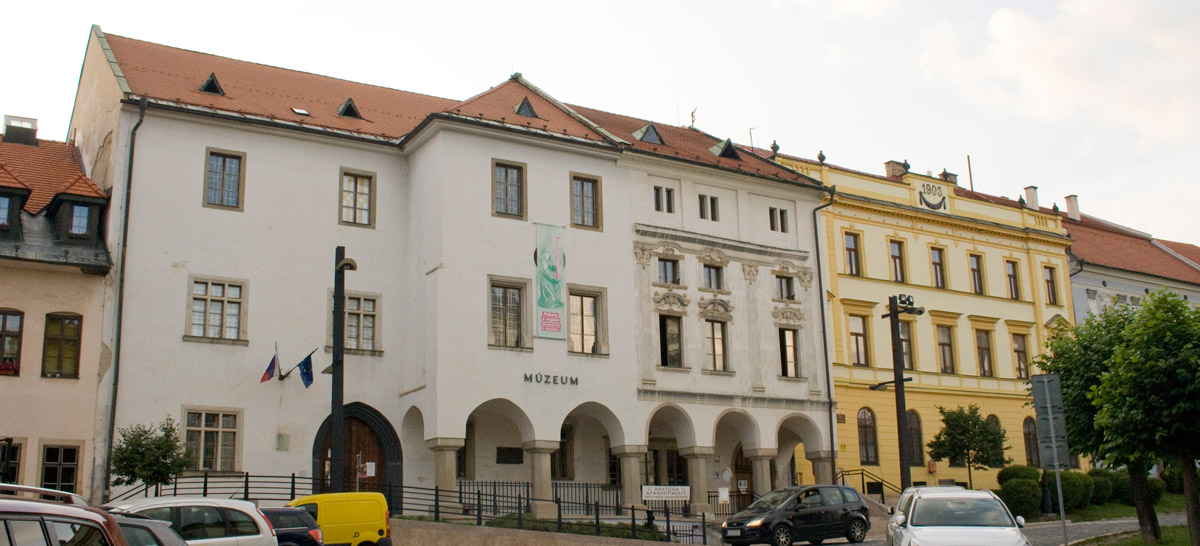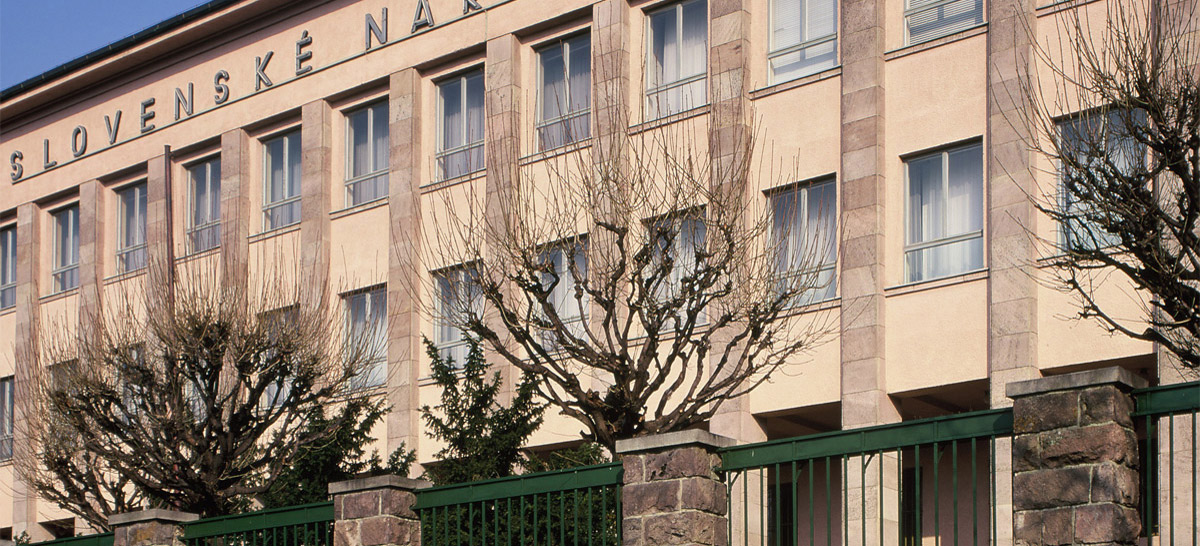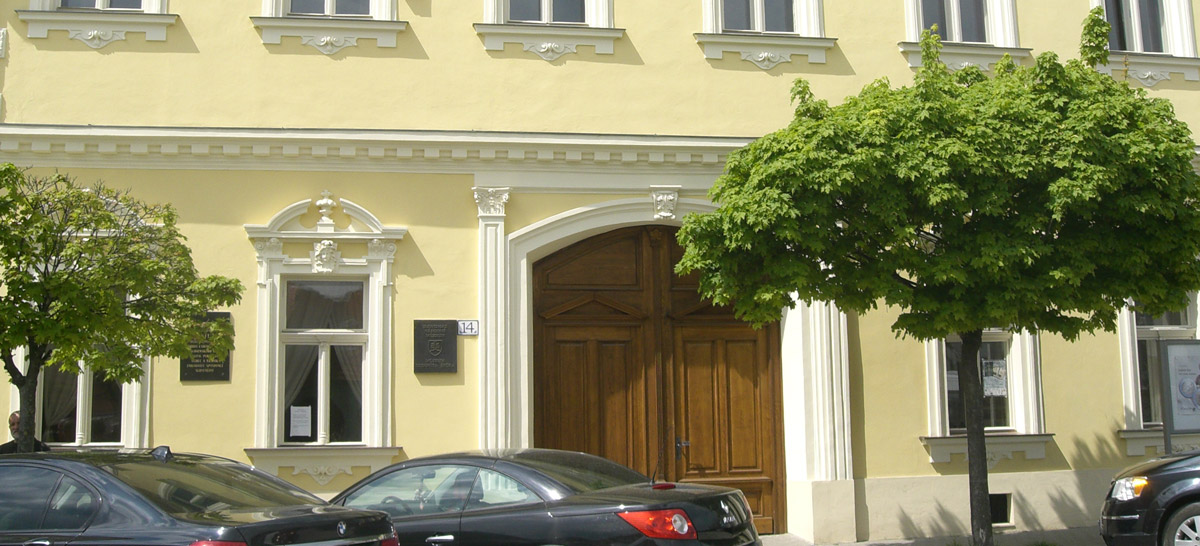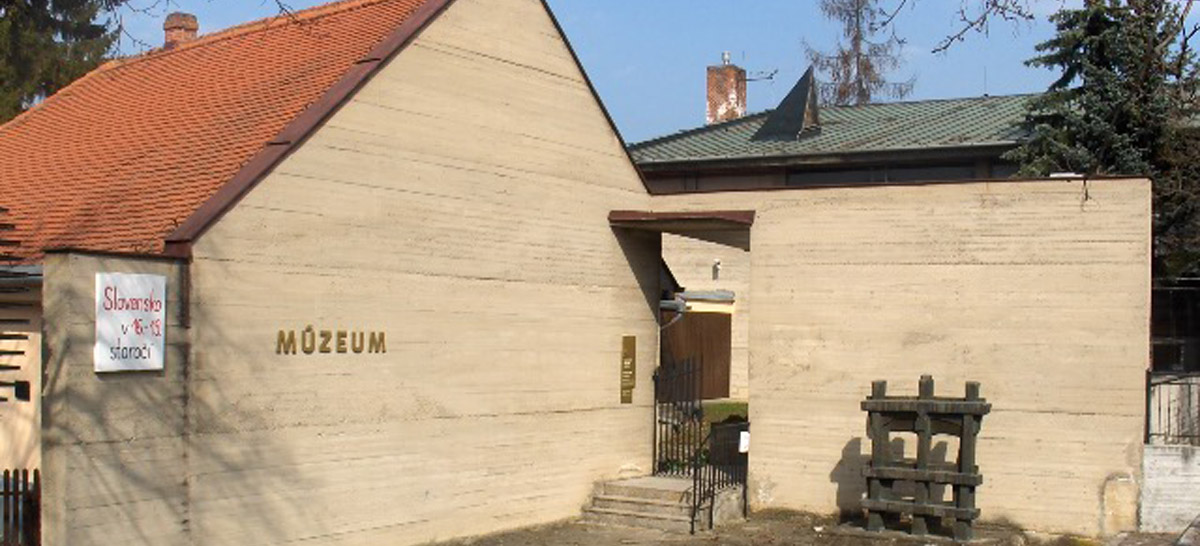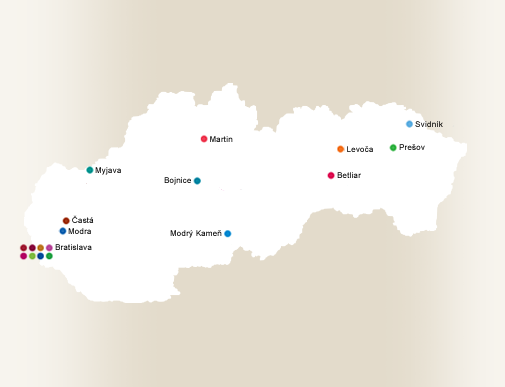About the museum
Mission and History
Mission
The SNM – Natural History Museum focuses on the research, documentation and presentation of the diversity of the natural environment (animate and inanimate nature) primarily within the territory of Slovakia. Its collections (containing approximately 2.5 million objects) make it an important natural science museum in Europe. It has mineralogical collections from Slovak and global sites and its collection of fossils illustrates the Earth’s geological past. It is a central methodological workplace covering all of Slovakia.
The museum’s acquisition activities are focused on the territory of Slovakia, and its collections are at the disposal of both the scientific public for research purposes and the general public in the form of expositions, exhibitions and events, as well as monographs, specialized and popular science books and through the media. It is located in the main building of the SNM on Vajanského nábrežie 2 in Bratislava.
The main building of the SNM is also the seat of the SNM Directorate-General, which organizes exhibitions with themes related to social sciences in the spaces on the ground and 1st floors. The permanent expositions and the SNM Library are located on the 2nd and 3rd floors.
History
The main building of the Slovak National Museum was originally designated for the Agricultural Museum (1924 –1940), a branch of the Czechoslovak Agricultural Museum (Československé zemědělské muzeum, 1924 –1928), where the opening ceremony of its expositions took place on May 4, 1930. Construction of the building, based on the design of architect Michal Milan Harminc, one of the most active representatives of first generation of Slovak architects, took place from 1924 to 1928.
The building is one of the most impressive and valuable structures in the city of Bratislava, and one of the few preserved structures of the official 1920s architecture in Slovakia. The decoration on the façade was created by Franta Úprka and the bronze panels of the imposing entrance doors were created by Stino Paukert. After suffering serious damage near the end of the WWII, Harminc himself oversaw the post-war reconstruction.

